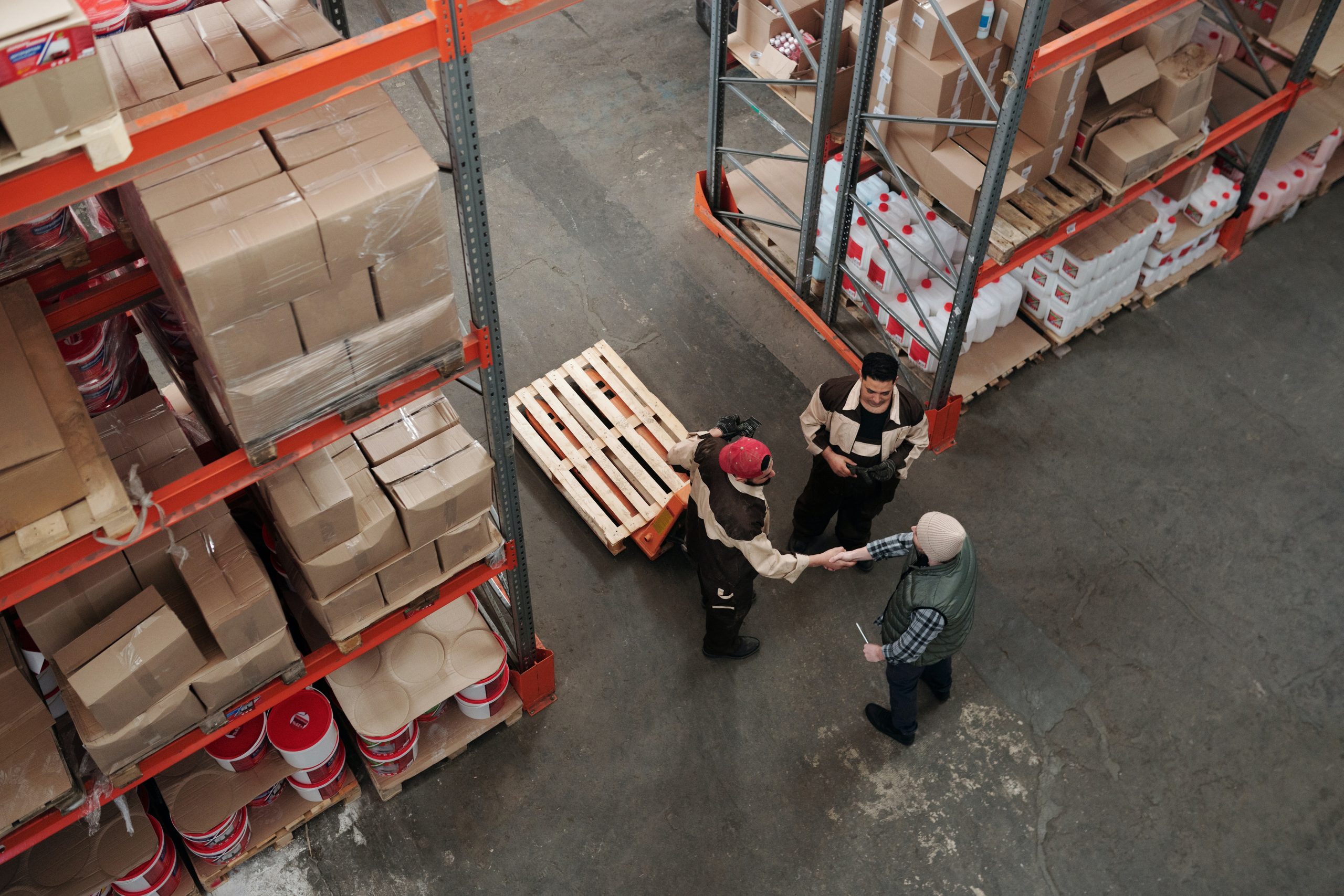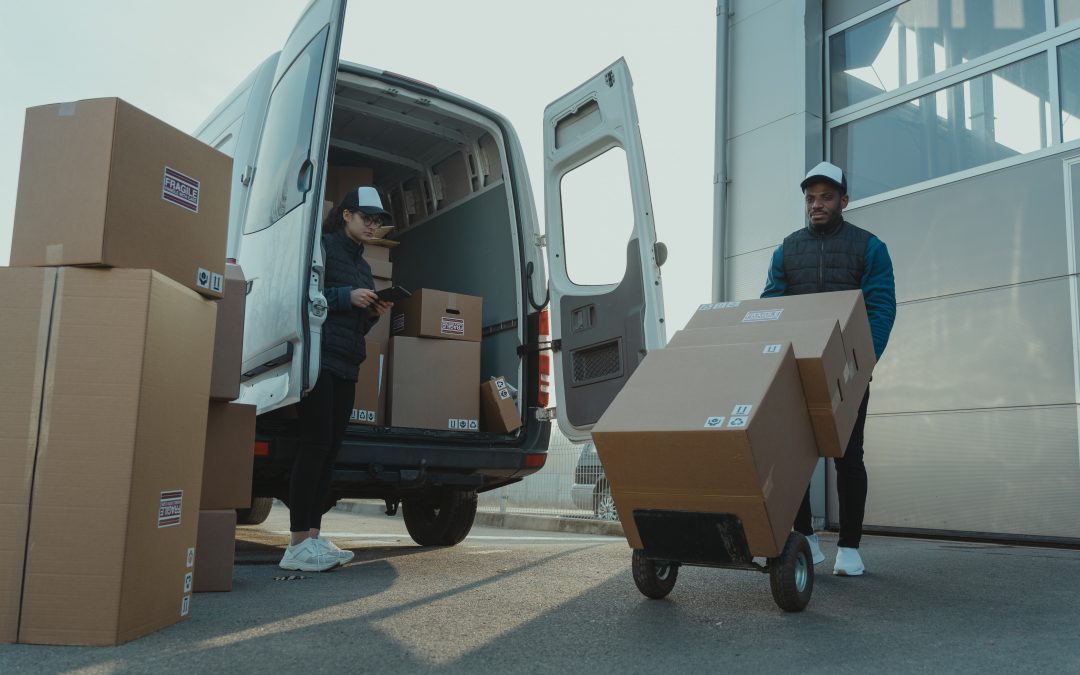Initiating consignment management capabilities can empower organisations across industries be near to their customers, ensure ready availability of materials, timely order fulfilment and improved efficiency across supply chains.
If you have evaluated the benefits and pitfalls of having your goods at physical premises of your customer, not sold yet and still owned by you, lets re-evaluate that assessment. One of the biggest challenges with consignment inventory used to be unavailability of consumption data on real time basis, something that can trigger both operational systems (for replenishment) and financial systems (for billing) in time. This can affect both timely management of operations and finances, creating more need for manual labour. IoT based technologies are becoming a gamechanger in such scenarios to streamline process models.
A recent PricewaterhouseCoopers research report suggests that businesses are unable to manage consignment inventories owning to existing ERP and software systems unable to cover the large number of features and diverse locations, accurately and strategically. This then ends up in falling back on established patterns - manual interventions, processes that are both complex and time intensive, causing data inaccuracy, tracking errors and quality compromises.
Consigned inventory is a great model for some situations and you should look at them carefully. Providing this level of service to your customers have large benefits. For example, you, as a supplier have introduced new products that are more expensive than the ones you’ve been selling for years. Sales and marketing cost of introducing these products with your customers typically requires large investment and long time to generate enough pull and transition commodity purchases to new ones. If you were to maintain consignment inventory at your customer premises, you’d simply introduce these products on the shelves, possibly even pulling back on older versions. This immediately results in customers “touching and feeling” the new products and trying it out, leading to faster sales cycles and quicker time for adoption. Losing out on business due to lack of an automated, precise inventory management software is a challenge you can do without.
On the other hand, there is a big side benefit of maintaining a healthy supply of the usual high consumption commodity items at customer premises as well. Without consigned inventory, users of your products make decision on sourcing based on availability and a competitor can get into the account just when your shipping is delayed for whatever reason. Cost of losing business to a competitor is way bigger than the costs of maintaining consignment inventory.
The key to deploying successful consignment inventory lies in availability and integration of data gathered from consumption. Something, that has traditionally been very hard to do. IoT or sensor-based technology can sharpen your consignment delivery model significantly. The model also works in testing unproven products, expensive ones where time is needed by customers to adopt and purchase.

IoT based transformation
You might have come across talks around business model transformation using IoT. The piece that gets most talked about is outcome/consumption economy. Technologies like automated inventory can help you gain access to real time consumption data and insights into patterns of inventory movement to provide operational efficiency, such as in-time replenishment and automated billing.
With IoT you can enable a variety of consignment models such as:
- Pay when sold (real time)
- Pay period (end of day, end of week)
- Pay when consigned (as new items show up)
One of things that a supplier has to deal with is performing physical inventory at customer premises at the end of billing period, a quite a labor intensive exercise, specially if you have a large inventory. RFID based automated inventory can pretty much eliminate the need for such periodic visits for reconciliation. Furthermore, if the need ever arises for search and reconcile missions, RFID based inventory can help finish that job in 100th of the time it would have taken to do manually.
Conclusions
Sensor-based technologies like InThing can change consignment inventory models significantly. The traditional wisdom avoiding additional supply chain costs around managing consigned inventory is old school. Today with suitable IoT technologies, benefits far surpass the lowered costs of the model, something to continuously revisit. They remove the need of a physical, manual inventory of products at customer premises and make locations intelligent, gathering data and delivering it real-time, tracking products and alerting for dip in inventories, ensuring businesses make quick, smart decisions to optimise inventory while keeping expenditures small. Consignment models do come with added supply chain costs, but partnering with IoT technology can provide exceptional benefits that make their adoption worthwhile and profitable.
Know more about our solution Read More






